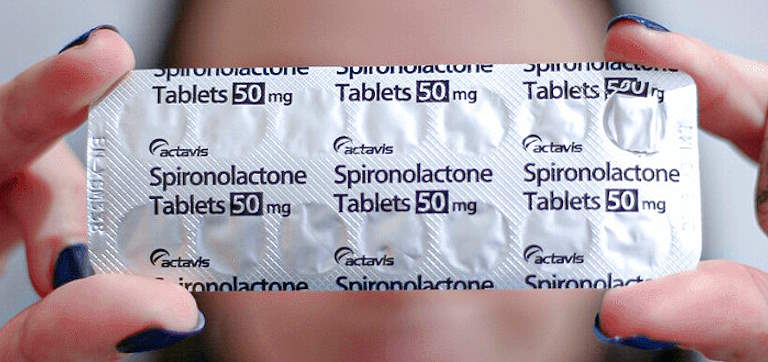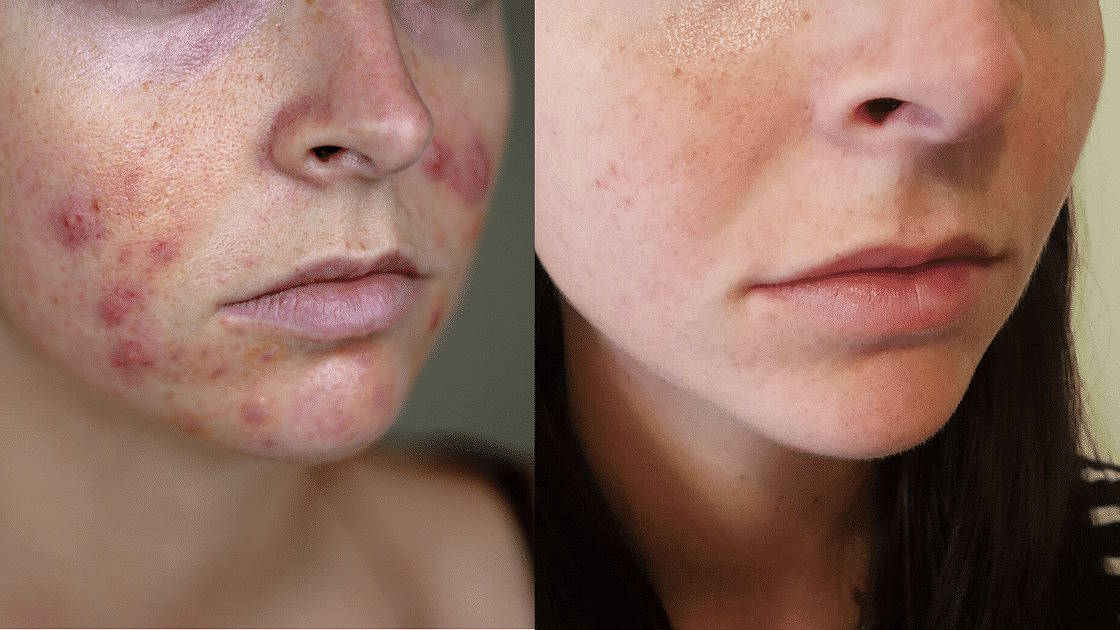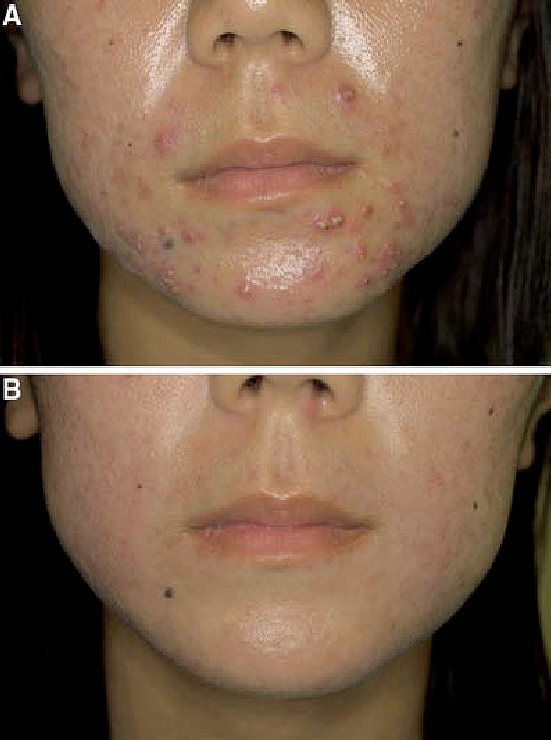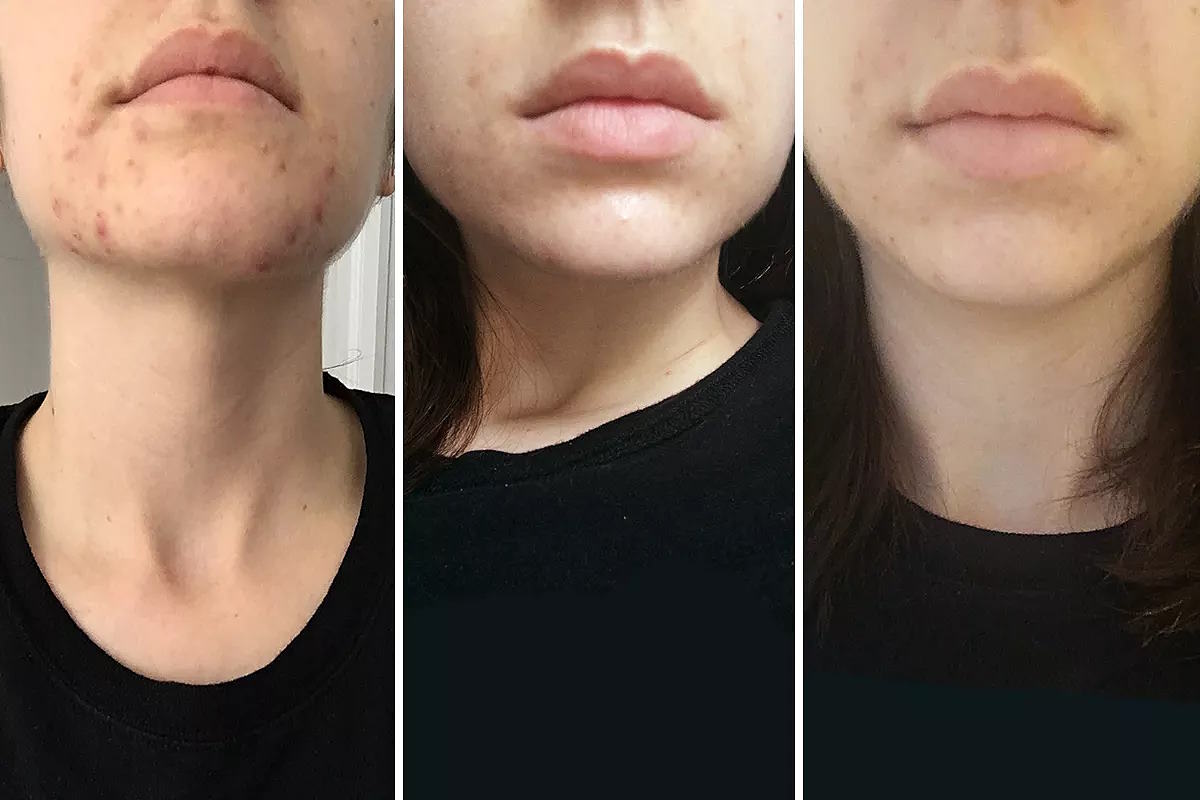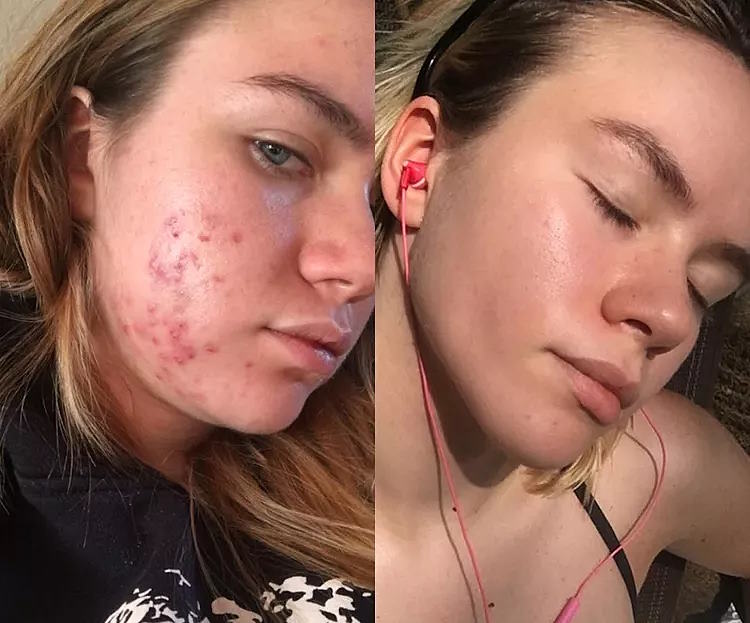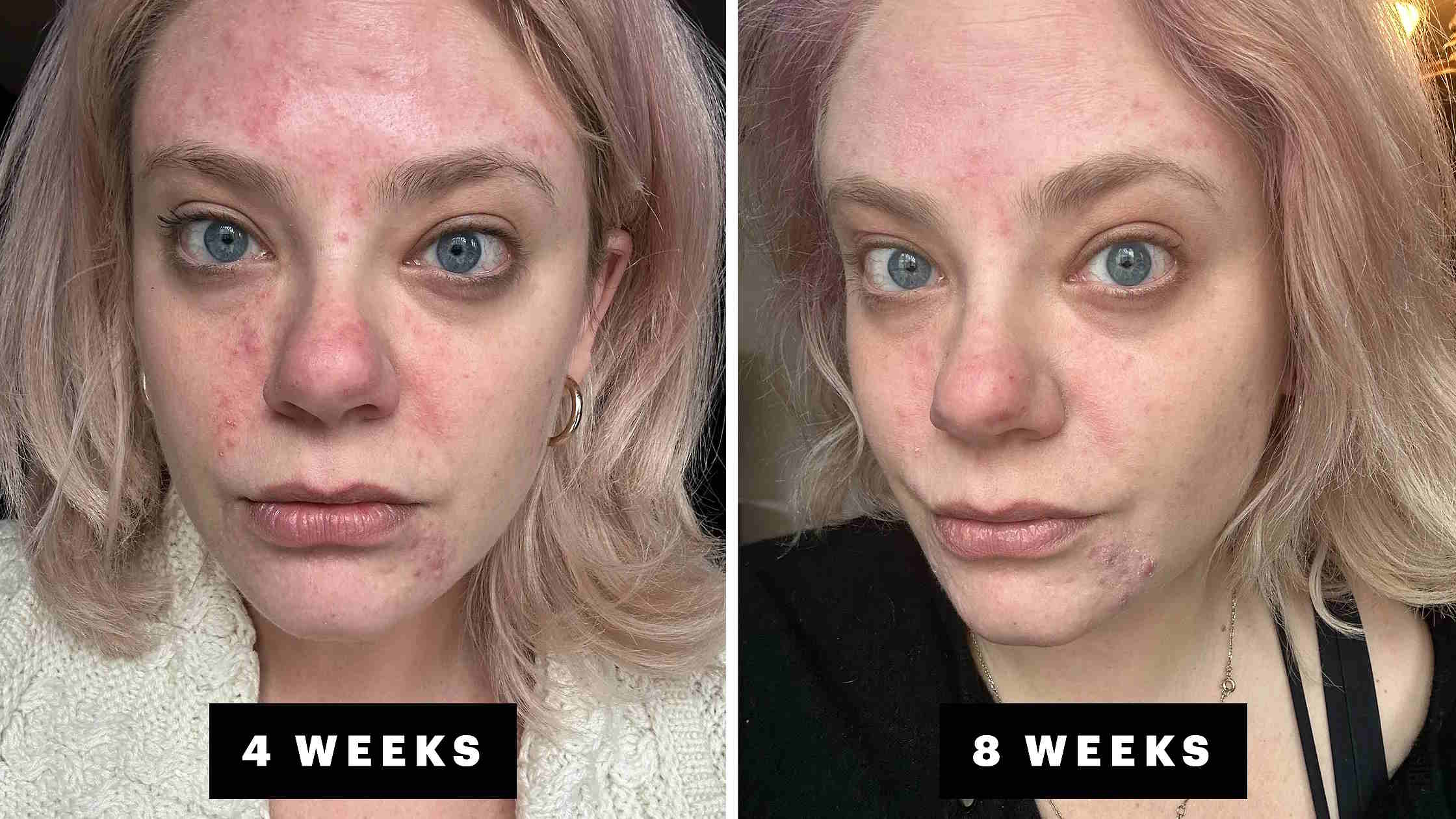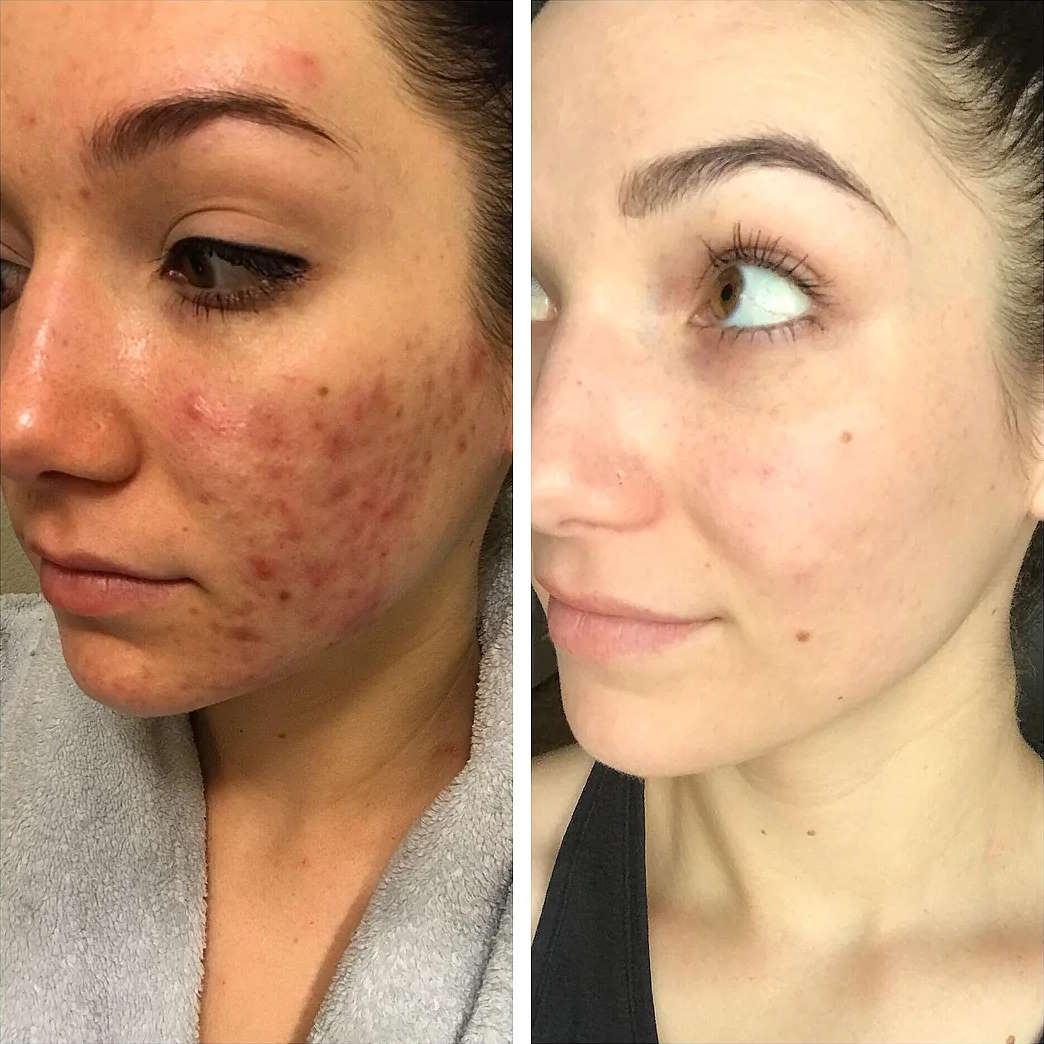Spironolactone: Uses, Side Effects, a Comprehensive Guide
Table of Contents
Spironolactone, now a medication with wide applications, was originally introduced as a diuretic (a medicine that helps the body expel excess fluid). Belonging to a class known as aldosterone antagonists, it works by balancing certain hormones in the body. By doing so, it helps not just with managing fluid retention but also in addressing a spectrum of other health concerns such as acne and hair loss.
Spironolactone Uses
Spironolactone is well-known for its various applications in medicine. Originally approved for conditions like heart failure, hypertension, and certain cases of hyperaldosteronism (where the body produces too much of a hormone called aldosterone), it has since found its way into the treatment of acne, hair loss, and even hormonal imbalances. Even at lower doses such as a 25 mg dose of Spironolactone, often seen as a starting point in treatment regimens, it offers significant therapeutic benefits while minimizing potential side effects.
- Hypertension and Heart Failure
One of the primary Spironolactone 25mg uses is in the treatment of hypertension (high blood pressure) and heart failure.
- Acne
Its ability to act on hormonal pathways, particularly those involving androgens (male hormones), makes it a useful option for conditions like acne and hirsutism (excessive hair growth particularly around the chin) in women.
- Hair loss
Spironolactone 25mg uses extend to the management of hair loss as well, especially in women experiencing androgenetic alopecia.
What Does Spironolactone Do? – Understanding How Spironolactone Works
Spironolactone is an antagonist of aldosterone, a hormone responsible for regulating salt and water balance in the body. By opposing aldosterone, Spironolactone encourages the kidneys to expel excess salt and water through urine while retaining potassium. This action not only helps manage fluid retention but also assists in controlling blood pressure. By aiding the body in removing excess fluid and reducing the burden on the cardiovascular system, it helps in controlling blood pressure and managing heart failure effectively. It is often prescribed in conjunction with other antihypertensive medications for a synergistic effect.
Beyond its primary role as a diuretic, Spironolactone also helps with hormonal balance. It exhibits anti-androgen properties, meaning it can counteract the effects of male hormones, particularly testosterone. Understanding what does spironolactone do is especially beneficial in extending its applications for the treatment of conditions like acne, where androgens play a significant role. By reducing androgen levels, Spironolactone can decrease oil production in the skin, thus mitigating acne symptoms. Additionally, its anti-androgen effects contribute to its effectiveness in treating hair loss and hirsutism (excessive hair growth).
Spironolactone for Specific Conditions
Spironolactone for Acne
Acne, especially when driven by hormonal fluctuations, can be particularly stubborn. Spironolactone works by targeting the root cause of this type of acne – androgens (male hormones like testosterone). These hormones can increase oil production in the skin, leading to clogged pores and breakouts. By blocking androgen receptors and decreasing testosterone levels, Spironolactone helps reduce oil production and thus, acne. This mechanism makes it an ideal choice for those who haven’t responded well to traditional acne treatments.
Clinical Evidence: Confirming Efficacy
The efficacy of Spironolactone for acne treatment has been well-documented in scientific studies. For instance, a study published in the International Journal of Women’s Dermatology reported significant improvement in acne symptoms in women treated with Spironolactone. Another study highlighted its long-term effectiveness and safety, making it a reliable option for chronic acne management.
How Long Does Spironolactone Take to Work for Acne?
Spironolactone’s mechanism of action, which involves hormonal regulation, requires time. Understanding how long spironolactone takes to work for acne can improve patient compliance. Typically, patients may start to notice improvements in their acne within a few weeks, but it’s more common to see significant results after about three months of consistent use. This timeline can vary depending on individual factors like the severity of acne, hormonal levels, and concurrent acne treatments.
American Academy of Dermatology states that while some improvement may be seen in the first few weeks, the full benefits of Spironolactone typically manifest over several months.
Spironolactone for Hair Loss
Hair loss, especially when influenced by hormones (such as in androgenetic alopecia), is extremely resistant to treatment. Spironolactone works by targeting the hormonal component of hair loss. It acts as an anti-androgen, meaning it can counteract the effects of male hormones, which are often implicated in hair thinning and loss. By reducing the impact of these hormones on hair follicles, Spironolactone can slow down hair shedding and potentially encourage regrowth.
Clinical Evidence: Confirming Efficacy
The efficacy of Spironolactone for hair loss has been supported by several studies. Research published in the Journal of the American Academy of Dermatology has shown that Spironolactone can be effective in treating female pattern hair loss. Another study discusses its use in androgenetic alopecia, highlighting its potential as a treatment option.
How Long Does Spironolactone Take to Work for Hair Loss?
Hair growth is a slow process, and so is the action of Spironolactone in treating hair loss. Generally, it may take several months to notice a reduction in hair shedding or an improvement in hair density. In many cases, patients may start to observe changes within 3 to 6 months. However, for some, it might take longer to see noticeable results.
The timeline for Spironolactone’s effectiveness in hair loss is backed by clinical evidence. Studies published in the Journal of the American Academy of Dermatology, suggest that while some improvement can be seen in the first few months, significant results typically take longer. This delay is due to the nature of hair growth cycles and the time it takes for Spironolactone to effectively influence these cycles.
Active Ingredients in Spironolactone, Dosage and Forms
Active ingredients in spironolactone tablets include the chemical spironolactone.
-
-
Spironolactone 25 mg Uses and Administration
-
Spironolactone 25mg is used for the treatment of heart failure, hypertension, acne, hirsutism, and hair loss. The medication can be taken with or without food, but it’s important to maintain consistency in how you take it daily. If prescribed as an oral liquid, it should be well shaken before use and measured accurately.
-
-
Dosage
-
Dosage varies based on the individual and the condition being treated. For edema and heart failure, the initial dosage may vary and can be adjusted by the doctor. Similarly, for managing high blood pressure and conditions related to excess aldosterone, the starting dose may differ, with a maximum limit depending on the condition.
-
-
Missed Dose
-
In case you miss a dose, take it as soon as possible, but if it’s close to the time for your next dose, skip the missed one. Avoid taking double doses to make up for a missed dose.
-
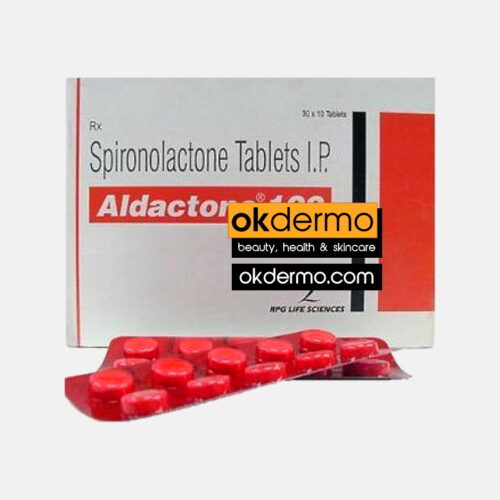
Aldacton® Spironolactone Tablets
Spironolactone 25mg / 50mg / 100mg
Brand name: Hyles, CaroSpir
Size: 1 Strip of 75 Tablets
From USD $35.00 Select options
Spironolactone Side Effects and Considerations
Spironolactone, while beneficial for a range of conditions, can have some side effects. Understanding spironolactone side effects is crucial for anyone considering or currently using this medication.
General Side Effects of Spironolactone
Common side effects of Spironolactone may include:
-
- Increased urination, due to its diuretic effect.
- Dizziness or lightheadedness, especially when standing up quickly.
- Electrolyte imbalances, particularly high potassium levels (hyperkalemia).
- Gastrointestinal issues like nausea or vomiting.
Spironolactone Side Effects Women
In women, Spironolactone can cause additional side effects related to its hormonal actions. These may include:
- Menstrual irregularities or breast tenderness.
- Breast enlargement (gynecomastia), though this is less common in women.
- Possible impacts on libido or mood changes.
Spironolactone Side Effects Men
Men may experience certain specific side effects due to Spironolactone’s anti-androgen effects:
- Breast enlargement (gynecomastia) and tenderness.
- Reduced libido or erectile dysfunction.
- Voice changes or increased hair growth.
Frequently Asked Questions (FAQs) about Spironolactone
What Happens When a Woman Takes Spironolactone?
Women taking Spironolactone may experience benefits like reduced acne and hair loss, especially if these issues are hormone-related. However, they might also encounter side effects such as menstrual irregularities, breast tenderness, and sometimes effects on libido.
Who Should Avoid Taking Spironolactone?
- Individuals with severe kidney dysfunction or acute renal failure.
- Those with Addison’s disease or high potassium levels.
- Pregnant or breastfeeding women should use it cautiously due to potential risks.
- People are on medications that interact with Spironolactone, like ACE inhibitors or potassium supplements.
What Are the Pros and Cons of Taking Spironolactone?
Pros:
- Effective for fluid retention, high blood pressure, and heart failure.
- Treats hormonal disorders like hyperaldosteronism.
- Beneficial for acne and hair loss due to hormonal imbalances.
Cons:
- Can cause electrolyte imbalances and kidney issues.
- Side effects include menstrual irregularities, breast tenderness, gynecomastia in men, and potential drowsiness or dizziness.
- Requires monitoring of blood electrolyte levels.
Is Spironolactone a Safe Diuretic?
Spironolactone is generally considered a safe diuretic that doesn’t cause potassium loss. However, it may deplete other electrolytes and requires monitoring, especially in specific patient groups like the elderly or those with existing health conditions.
Are There Any Dietary Restrictions While Taking Spironolactone?
Yes, while on Spironolactone, it’s generally advised to monitor and potentially limit the intake of potassium-rich foods and salt substitutes that contain potassium. This is because Spironolactone is a potassium-sparing diuretic, which means it can increase potassium levels in your blood. High potassium levels can be dangerous, so it’s important to have regular blood tests to monitor your potassium levels.
References
- https://www.sciencedirect.com/science/article/abs/pii/S0303720703003769
- https://www.ahajournals.org/doi/full/10.1161/JAHA.120.018827
- https://www.sciencedirect.com/science/article/abs/pii/S0167527316321027
- https://www.tandfonline.com/doi/abs/10.1517/14656566.9.4.509
- https://www.sciencedirect.com/science/article/abs/pii/S0190962221000906
- https://www.jaad.org/article/S0190-9622(20)30510-7/fulltext
- https://www.nejm.org/doi/full/10.1056/NEJM199909023411001
- https://jamanetwork.com/journals/jama/article-abstract/368969
- https://www.jaad.org/article/S0190-9622(21)02208-8/fulltext
- https://academic.oup.com/bjd/article-abstract/111/2/209/6689712
- https://www.ncbi.nlm.nih.gov/pmc/articles/PMC5440451/
- https://www.bmj.com/content/381/bmj-2022-074349
- https://www.jaad.org/article/S0190-9622(15)01878-2/fulltext
- https://www.ncbi.nlm.nih.gov/pmc/articles/PMC10010138/
- https://www.sciencedirect.com/science/article/abs/pii/S1769725517300263
- https://www.onlinescientificresearch.com/articles/clinical-pharmacology-of-spironolactone.html
- https://www.mayoclinicproceedings.org/article/S0025-6196(11)60515-6/fulltext
- https://link.springer.com/article/10.1007/s12020-018-1610-8
Post by:
Marcella Jiovanni
Skin Care Professional
“Marcella Jiovanni actively promotes the importance of maintaining healthy skin, she envisions the future of dermatology as moving away from pure medical, pharmacological dermatology and flowing more toward a holistic approach to wellness and skincare.”

